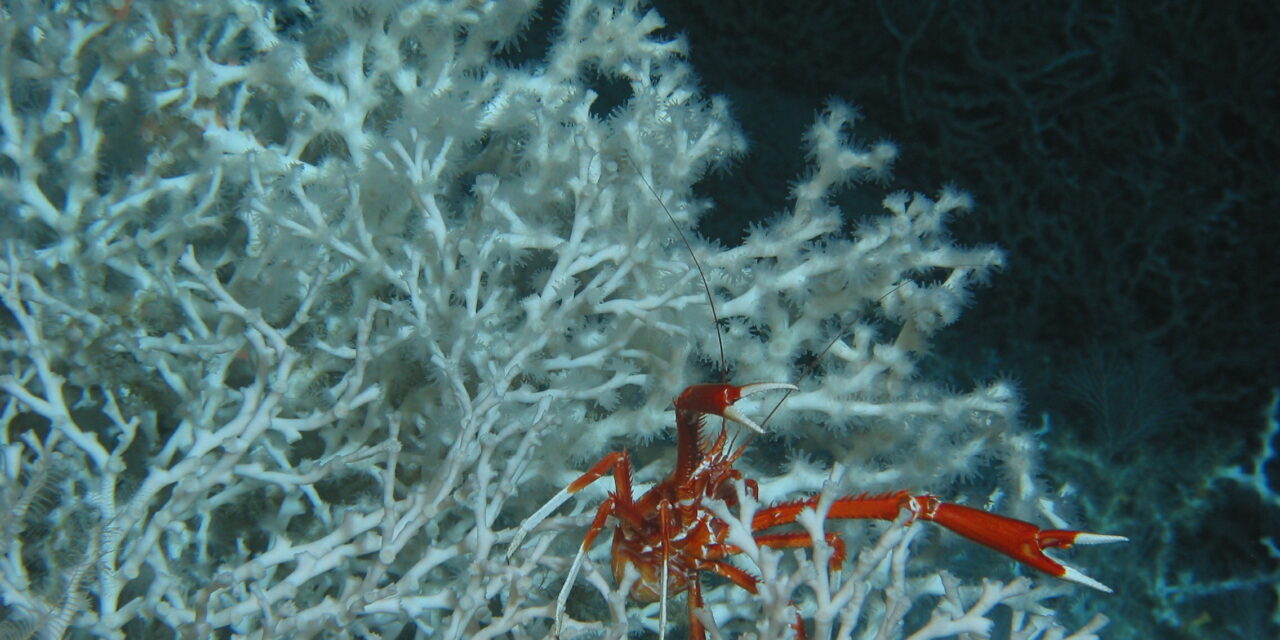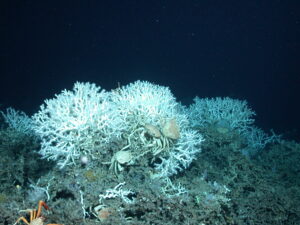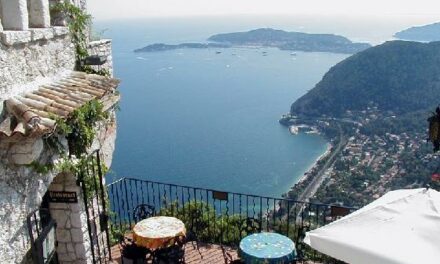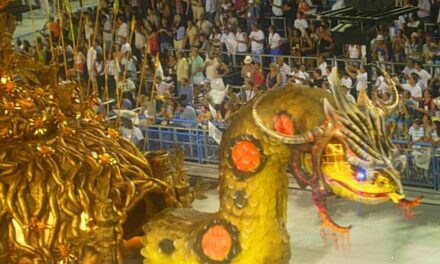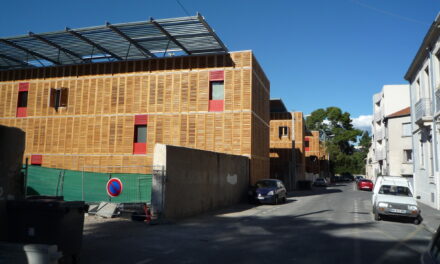A school of dolphins circle a strange beast as it cuts through multiple layers of blue. Sinking deeper into the Gulf of Mexico, sharks begin to gather and follow curiously in its wake. The vessel continues its descent through bands of turquoise and grayish blue, a twilight zone some eight hundred feet deep. The sharks soon abandon chase, their shiny eyes set on the tiny silver fish bolting through the ribbons of scarce light. The vessel is now alone in a dark underworld, and finally comes to rest in layers of mud fifteen hundred feet below the surface, where it will study the coral reefs on the sea floor.
Called the Deepworker, the submersible vessel is used to explore the underwater world of The Gulf of Mexico. Its cramped compact size and lightweight construction allows a single person to explore at great depths, up to two thousand feet deep. But international campaigning organization, Greenpeace, had another idea when they sponsored multiple underwater cruises last October. They combined two single unit vessels to create a “two-headed beast,” says Sandra Brooke, Coral Conservation Director at the Marine Conservation Biology Institute.
Brooke and a fellow scientist took turns diving with their pilot to sample the Viosca Knoll area, less than forty kilometers northeast of the Deepwater Horizon well. Two months after the tragic spill that leaked close to five million barrels of oil into the sea, the team set out to study the damage, cramped in a space smaller than a restaurant bathroom and the length of a motorcycle.
Using the vessel’s manipulator arms they clawed at the surface, lifting and dispensing objects into containers before capping it with a lid. “We didn’t see any lethal affects—obvious damages,” says Brooke who has been studying the well-developed coral reefs for numbers of years. As coral covered in goo becomes the unlikely scenario, Brooke argues that the sub-lethal affects on reproduction have yet to be revealed.
Traveling to the coral reefs takes only twenty minutes, but navigating through Lophelia pertusa – the name of the reef – is a two-hour long journey. Crabbing closer to the reefs, crabs and worms dodge the small beast that soon finds mounds of rubble interrupting its course. Soon tiny rock formations, dressed with sponges and corals, open its curtains to the coral proper. As lava from the species of cold water coral lands on the rocks, they branch out like frizzed strands of hair, tangled into one another. As they form colonies, the animals resemble crusting cauliflower vegetables. At its nucleus, a “matrix of dead colonies,” says Brooke, produces an ecosystem for other fish. “The dead part is natural.”
Unlike many other coral systems around the world, including Australia’s Great Barrier Reef, Lophelia is young, aged only a few hundred years compared to thousands. They are scattered, and stretch for only a few miles, so the reef is more difficult to locate. “We don’t know where all the reefs are,” says Brooke, who couldn’t believe what little visible damage the spill caused.
The Bureau of Ocean Energy Management, Regulation, and Enforcement supervise the activities of the oil and gas industry, imposing strict regulations as to where they can drill. They are required to keep their distance from the coral, and forbidden to drill on top of them. Because of their strict guidelines, Brooke says that no immediate threat to the coral has presented itself.
Compared to other reef blankets, chronic damage for coral and other ecosystems are low-risk, with the exception of a few coral patches, less than ten miles from the Horizon well. In nearby northeast region of the Atlantic Ocean, threats of overfishing are plausible, but luckily in the Gulf, fish are plentiful. The marine organisms support fish species, potentially used for food consumption. Scientists conducting biomedical research extract chemicals from these fish to determine its medical potential in curing illnesses. “If we destroy it we can destroy a cure we are unaware of,” contests Brook, a natural advocate for biodiversity.
Our civilization has yet to understand the importance of aquatic biodiversity and its many species lurking in coral hotspots. This time we “dodged bullets with the oil spill” says Brooke, voicing her concerns for ocean acidification threatening pallets of ecosystems. Back down on the sea floor the beast thrusts forward, maneuvering around coral crowns, snapping images and tracking living organisms, exploring the kingdoms of life via its beams of light.
Additional reporting by Eric Joseph Reitmeyer
The full featured article in RagMag January 2012
[issuu width=420 height=274 pageNumber=28 backgroundColor=%23222222 documentId=120206105912-503899028ab24b39a9cc4852e03c84a2 name=ragmag_jan_2012 username=ragmag tag=detox unit=px id=441e706e-ef20-dc29-5f30-087c3ac6640d v=2]

